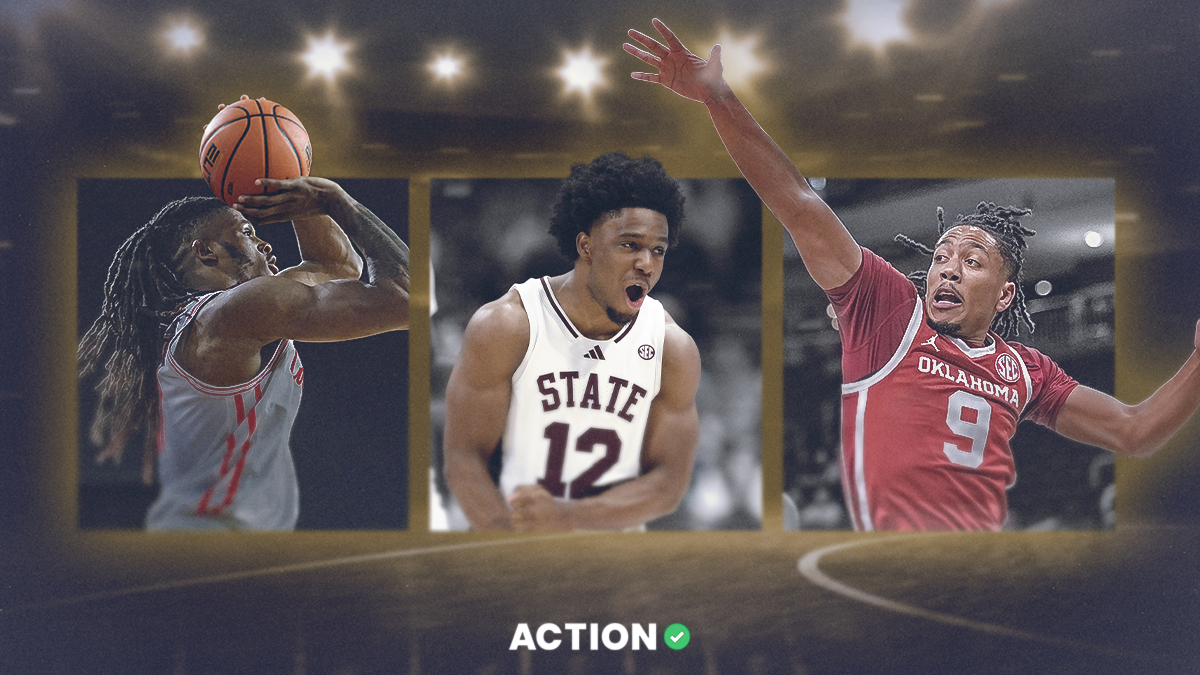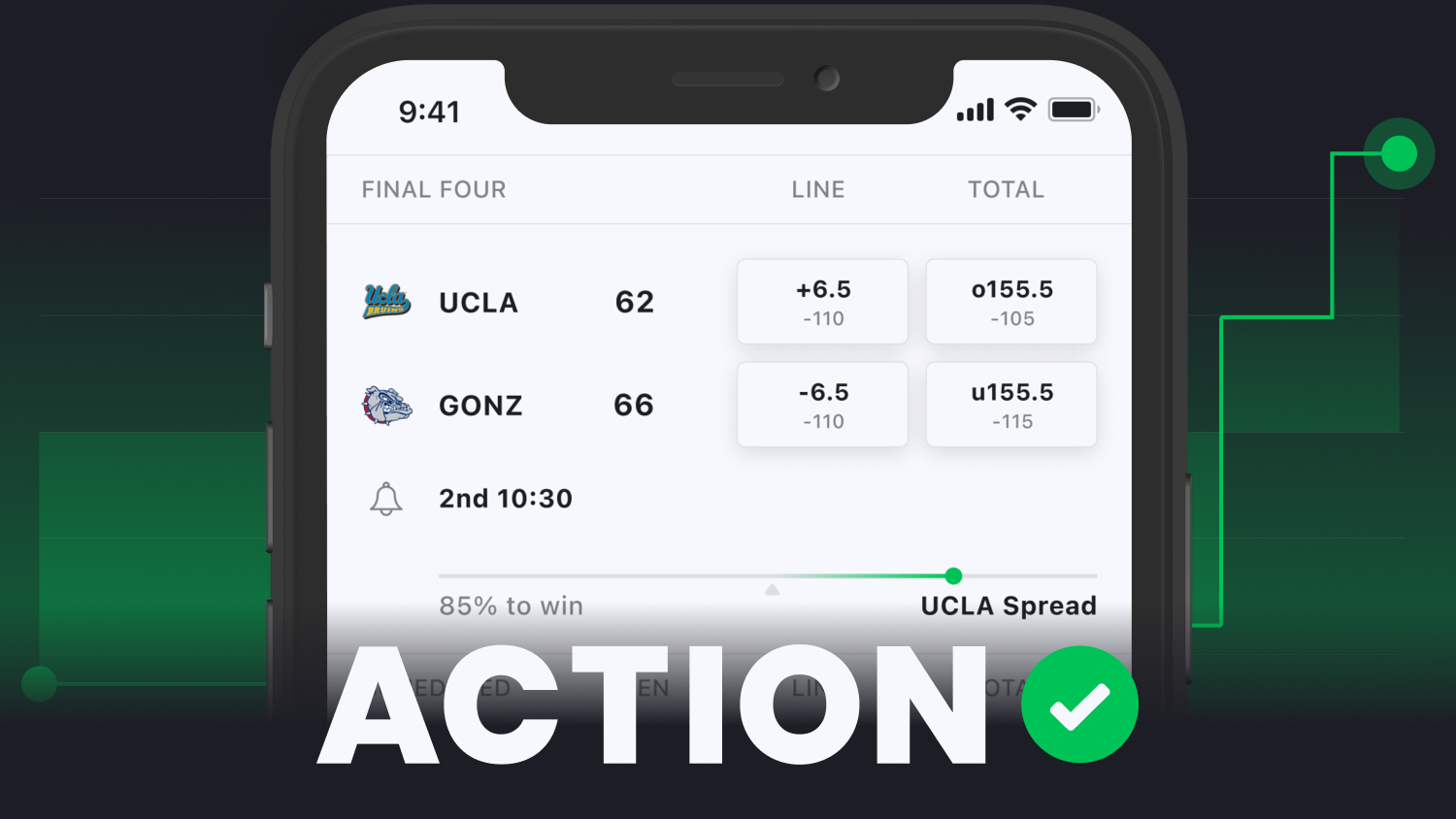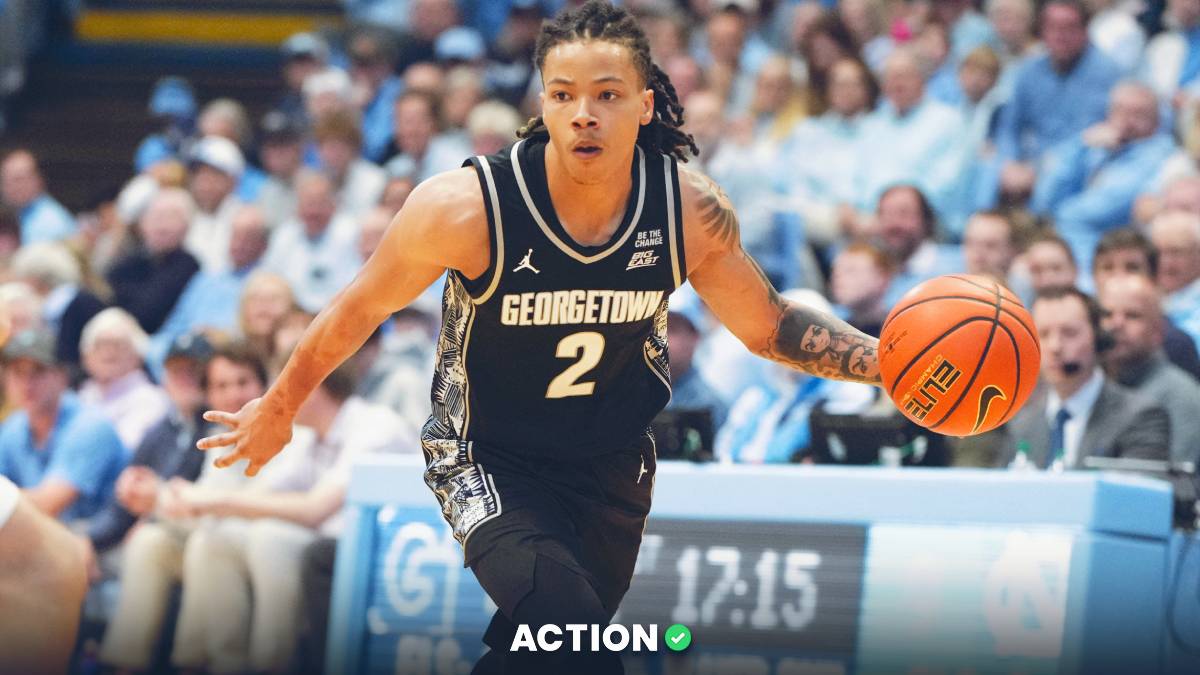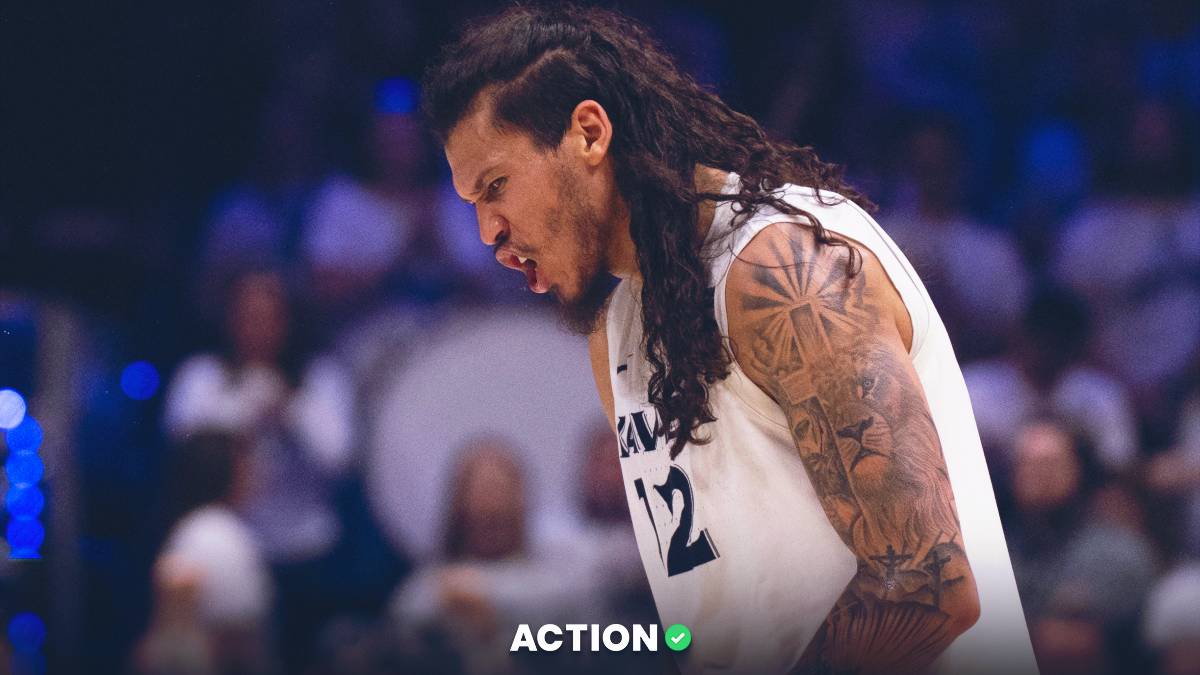Florida cut down the nets in April, and now the college basketball season is officially back.
With the ever-changing landscape in the sport, let's take a look at five teams who will be unique to bet on in 2025-26.
I'll start with the No. 2 team in the land, the Houston Cougars.
Houston Cougars
Okay, I know starting this article with arguably the best team in America is fairly boring. But just listen to these numbers and tell me you aren't intrigued.
Last year, Houston faced seven mid-major programs, covering a spread of 20 or more points in six of the seven. Only Troy, which won the Sun Belt Tournament, covered versus Houston. I'm not shocked, either, as the Trojans' slow-paced style is conducive to avoiding a totally lopsided final tally.
Teams from smaller leagues typically don't have the size to battle high-majors, especially when those teams are like Houston. The Cougars play suffocating defense and love to hold mid-major to fewer than 50 points.
Houston treats these buy games like what they should be for a perennial top-five program — a tune-up for league play.
The Cougars' tough defense and size are program staples under Kelvin Sampson. That's why these numbers are evergreen, despite some changing pieces.
From a roster standpoint, Houston gets three starters (Milos Uzan, Emanuel Sharp and JoJo Tugler) back from its national runner-up team. Tugler is the crux of the Cougars' defense and embodies what Sampson wants from his program.
As long as the Cougars continue to bring in players like Tugler and Chris Cenac, it'll be worthwhile to back these huge spreads.
In general, Houston was a profitable unit last year, covering the spread 53% of the time. I expect the Coogs to be quite profitable again this year.
Oklahoma Sooners
I think the most underrated team in most metric systems is the Oklahoma Sooners.
Guard plays wins games in college basketball, and the Sooners brought in a pair of studs in Nijel Pack (Miami) and Xzayvier Brown (Saint Joe's).
Pack is a career 40% shooter from deep in 122 games, and Brown is the perfect point guard to pair with a marksman of Pack's caliber. Brown is a stat-sheet stuffer (17.6 PPG, 5.2 RPG, 4.3 APG) who'll look to replace the star-studded Jeremiah Fears.
On the interior, the Sooners replaced Jalon Moore with Notre Dame forward Tae Davis (15.1 PPG, 5.3 RPG). But the interior addition that could be the most important is Derrion Reid (Alabama). Reid could be the difference-maker that helps the Sooners sneak into the top seven or eight in a stacked SEC.
My only real concern is length and potential spacing issues. Davis and Reid are both very athletic and can score, but neither shot above 30% from deep last year. To fully enhance this offense, Davis and Reid need to shoot it better.
I'd guess Reid and Davis start at the four and five with 3-and-D ace Jadon Jones at the three. The issue there is that Reid is 6-foot-8 and Davis is 6-foot-9. Neither is a true five, but the Sooners can look to force turnovers defensively using that smaller lineup.
Denver Pioneers
Calling Denver the next Drake is a bit ambitious, but can Denver be the next Cal Poly? I think so. Cal Poly entered last year ranked No. 346 in KenPom with a first-time Division I head coach and an entirely new roster.
The same applies to Tim Bergstraser at Denver. Bergstraser won 25+ games in each of his three years at Minnesota State Moorhead and brings in some real Division II flavor to the Summit League.
He brought along two high-impact offensive weapons in Carson Johnson and Logan Kinsey. Johnson led Minnesota State Moorhead with 19.8 points per game and shot 41% from deep. In such an offensive-driven league, Johnson should blossom in high-tempo games.
Another former Division II standout is Zane Nelson, who averaged 15 points per game at Missouri Western State.
The Pios don't have a lot of size, but they can score. They'll need some interior production and rebounding from the group of Didier Maleng, Gabe Oldham and Jeremiah Burke. That's the key to Denver jumping into the upper portion of the Summit League.
I would look to target Denver spreads in some early-season matchups. Opening the season at Seattle should present a decent chance to get 15-17 points, and then I'd look at two of its next three games as possible opportunities.
The Pioneers project as nine-point 'dogs at Montana State — a game I view as much tighter than that — and seven-point underdogs at home versus UTSA.
Mississippi State Bulldogs
It's only fitting to add a team firmly on my early-season fade list on here. Mississippi State is one team I want no part of early on.
KenPom puts the Bulldogs in borderline top-25 territory (No. 26), but I don't see it. For one, that would be the highest marker during Chris Jans' tenure in Starkville, as he tends to hover around the 33-40 range.
Secondly, Jans shifted too far from the "going all-in on offense" approach. Josh Hubbard is a sparkplug. He's quick, he's an elite shooter and he can go for 30 every night, but he's a defensive liability — as is his backcourt mate, Jayden Epps.
Returning guard Shawn Jones Jr. will add defensive versatility, and uber-athletic UAB transfer Ja'Borri McGhee should also help.
The roster is just a bit strange. Losing Cameron Matthews is a big one, and KeShawn Murphy (now with Auburn) is better than incoming big man Quincy Ballard.
Beyond that, the Bulldogs have a similar roster to last year when they went 8-10 in SEC play and became an easy fade down the stretch, including in their NCAA Tournament loss to Baylor.
Wright State Raiders
One of the biggest discrepancies I see on KenPom is with Wright State. With the Raiders, it feels like last year's numbers weigh far too much into this year's preseason numbers.
The Raiders' defense was abominable last year. They were outside the top-310 nationally in defensive efficiency, but they were nearing top-100 territory offensively.
This year could be a complete switch, which could make for some appealing totals.
Based on Wright State's roster, I just can't imagine it being 237th in defensive efficiency, nor 169th in offensive efficiency.
Clint Sargent reeled in two of the top mid-major defenders in the portal: Sam Alamutu from Vermont and Bryan Etumnu from Merrimack. Plus, Michael Imariagbe, the Raiders' top-returning scorer, is a big man who can't shoot. Etumnu is a capable, but not great shooter, and Alamutu doesn't add anything from the perimeter.
It's tough to envision a team with so little proven scoring being a clearly better offensive team than a defensive team. It's clear, based on offseason moves, that Sargent wants a more defensive-minded squad.
Keep an eye on early-season totals with Wright State because it could play in real rock fights.










